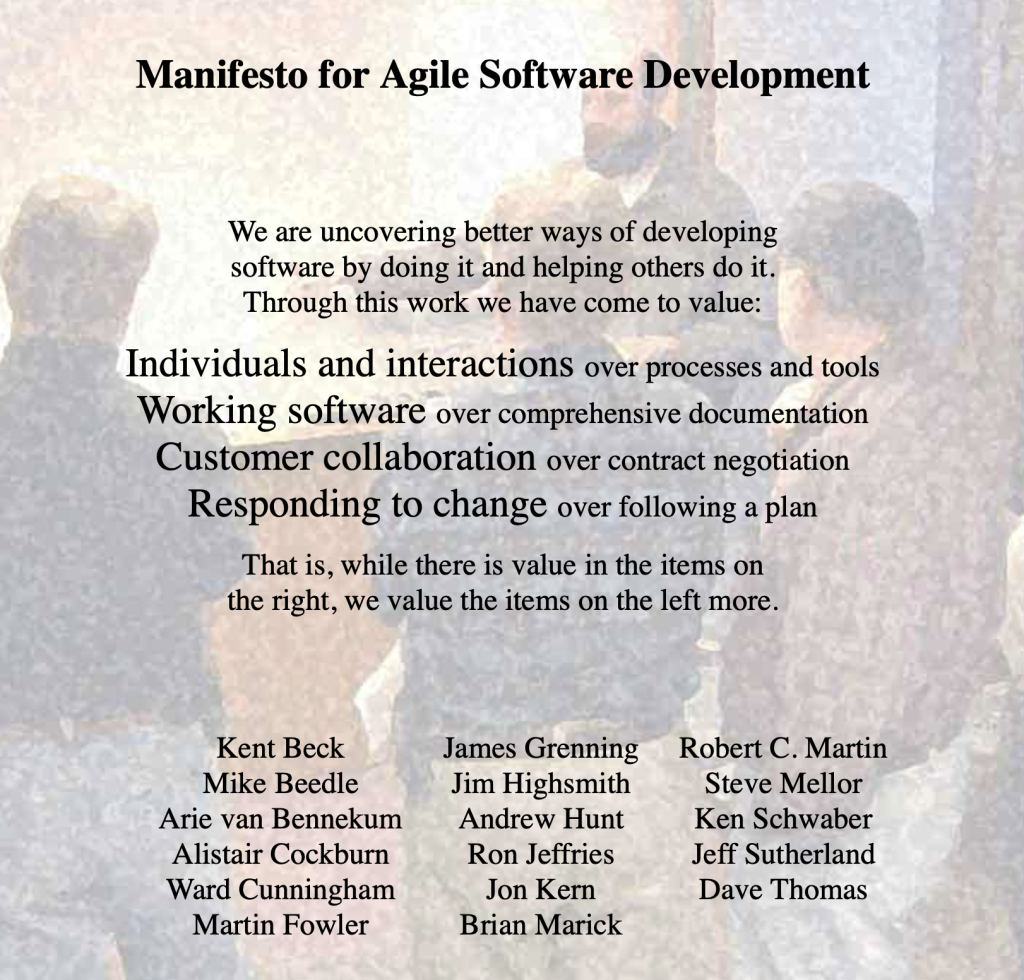Dear leader,
You’re always accountable for what your part of the organization does.
This is manifested by law for top management, and in most organizations, this expectation ripples down the leader hierarchy. You are held accountable by the leader above you, and you work to keep your employees accountable to the organization. You wish to know the person you can go to when things are not going according to plan.
Western culture deeply ingrains a focus on individual accountability. Even though we know that few business successes have been achieved by individuals, we tend to celebrate the individual at the top of the organization. When things go wrong, we tend to look for an individual who made a mistake further down the ladder.
We know that it is too simplistic. Any business challenge is a complex combination of market, customers, users, technologies, etc., that all continuously develops. Business success is the sum of many decisions made by accountable people throughout the organization daily.
Organizations worldwide have successfully implemented autonomous cross-functional teams to achieve the needed business agility. Using the diverse skill sets in the team, they cope with the complexity of the multiple dimensions and iterate toward optimal solutions for the customers.
This, however, definitively breaks the illusion of a simple chain of single accountability. At the organization’s lowest level, every decision results from collaboration between a diverse group of people, who collectively balance the many concerns that each represents.
Many leaders experience a glass floor between them and these autonomous teams. They find it hard to enforce accountability like they did before. I previously wrote a little piece1 about this frustration and gave some examples of how team members are not only focussing on their individual success but also can contribute to the greater good of the organization.
In this article, I aim to illustrate how you as a leader can organize and work with autonomous cross-functional teams and secure accountability not only to local success but also to the organization as a whole. Cross-organizational accountability is necessary if you want customers/users to have a cohesive experience and if you want higher productivity through, e.g., standardization and reuse.
Continue reading “Organizational accountability with highly autonomous teams”

